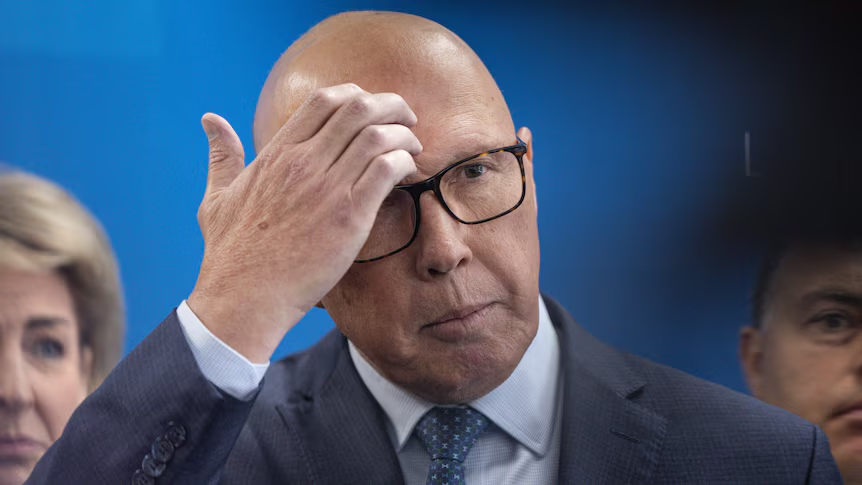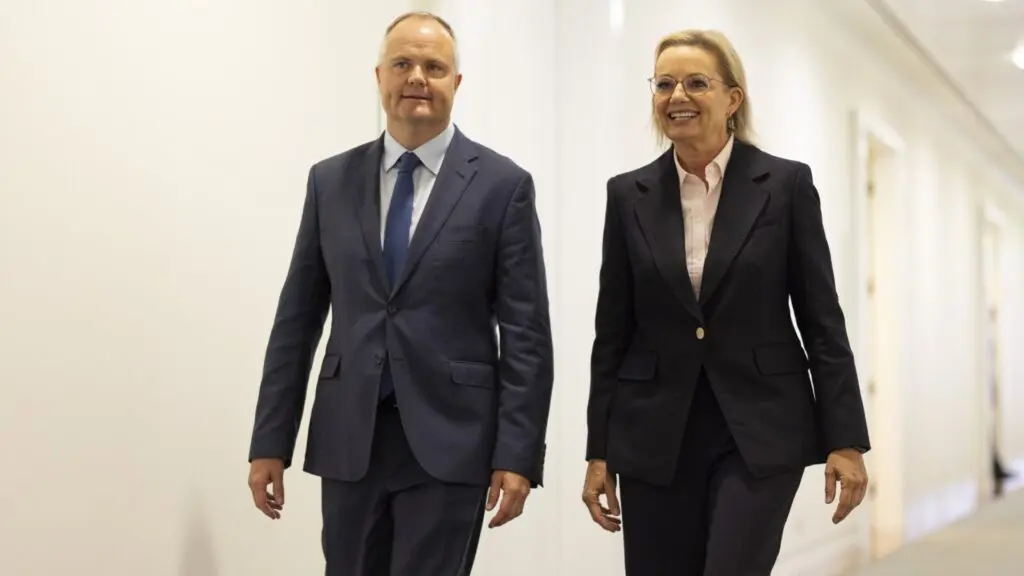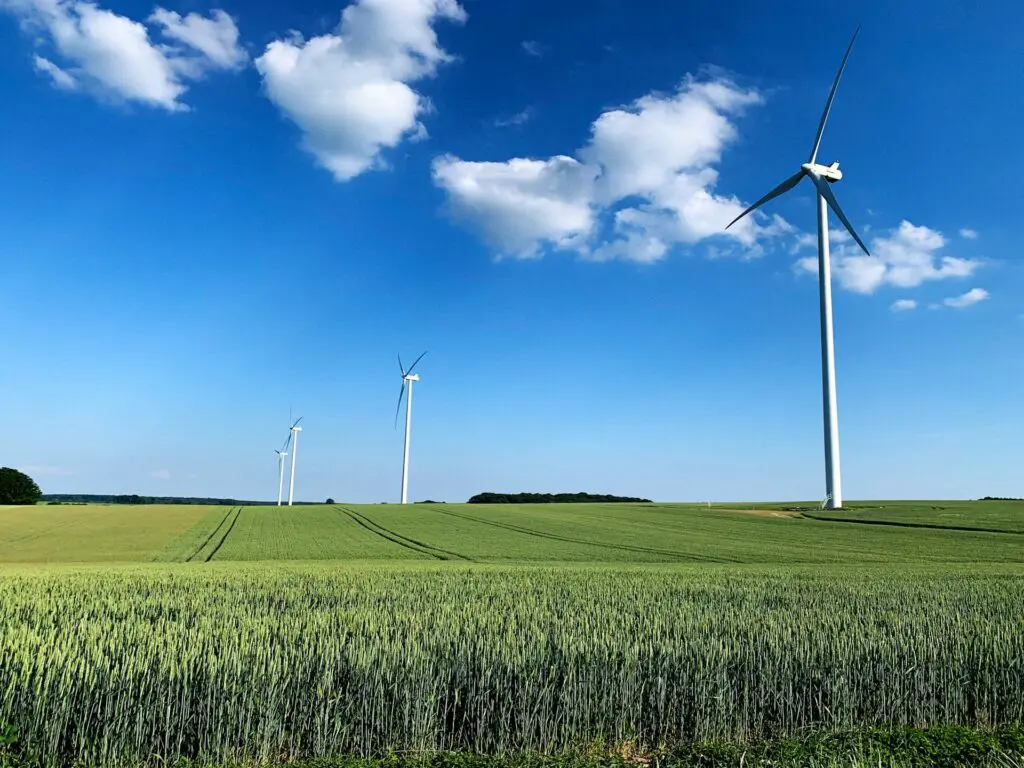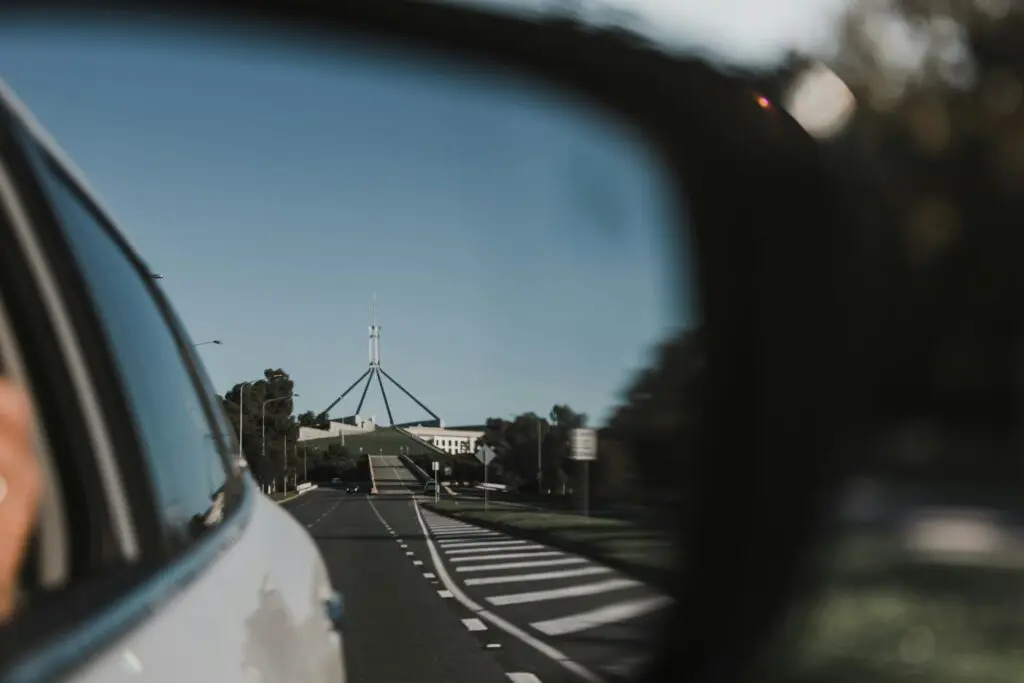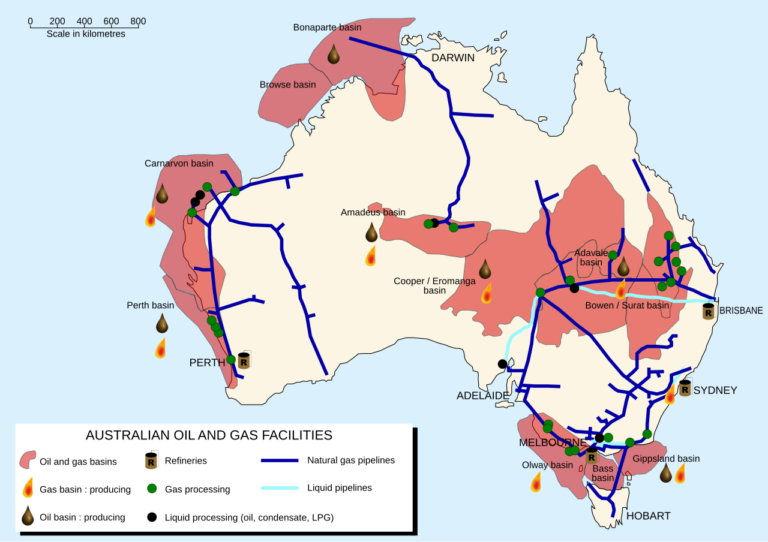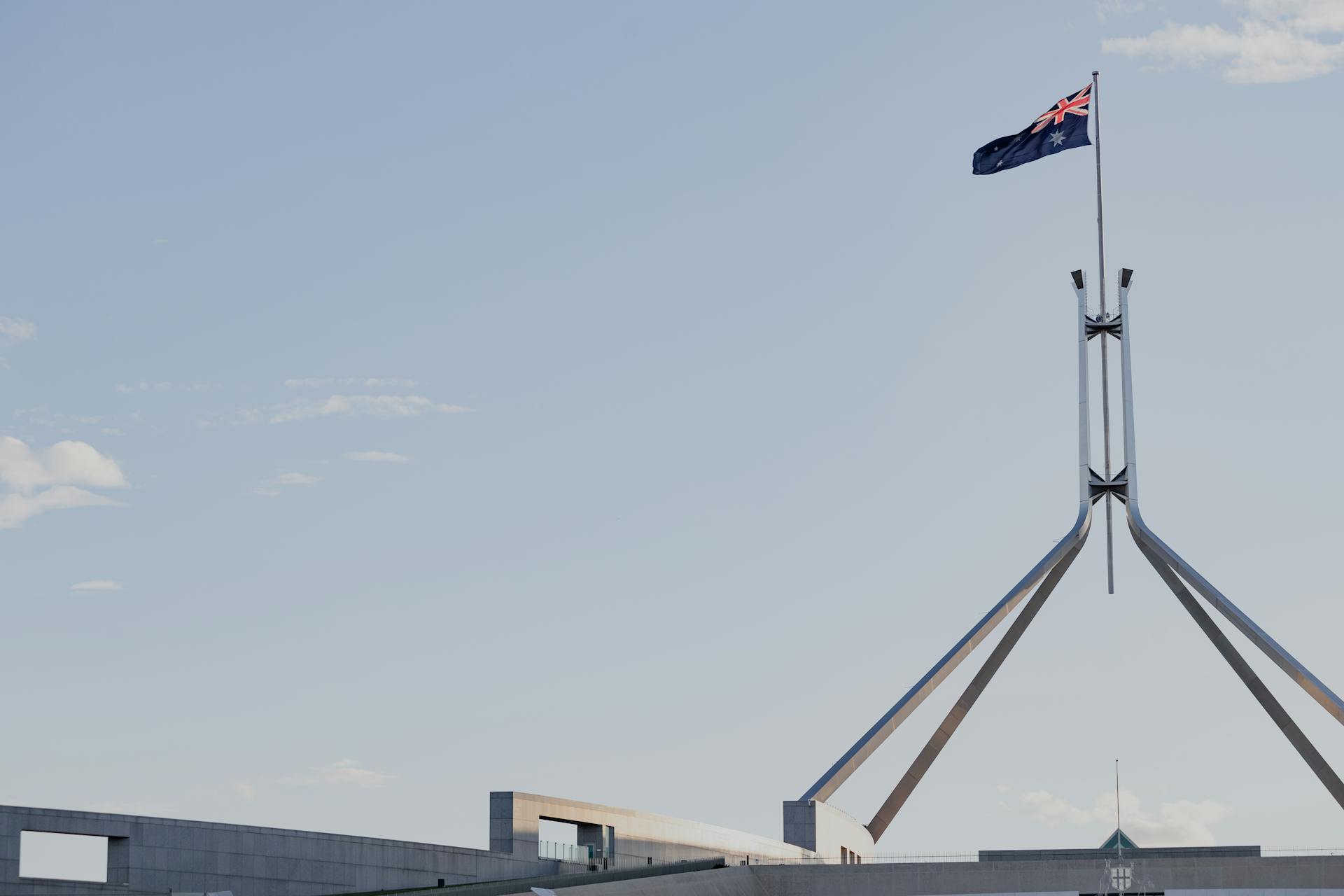
Australia’s Economic Reality: The Numbers vs. The Narrative
Share your love
As Australia moves deeper into an election cycle, the political narrative surrounding economic management is in full swing. The Reserve Bank of Australia (RBA) has recently lowered interest rates, crediting the Albanese government’s financial management for stabilising inflation and driving economic growth. Yet, despite the hard numbers, the mainstream media and opposition figures continue to push the well-worn claim that the Liberal-National Coalition is the superior economic manager. But does that claim hold up under scrutiny? Let’s break down the facts.
The Reserve Bank’s Interest Rate Decision: A Vote of Confidence in Labor’s Economic Management
The Reserve Bank of Australia’s decision to cut interest rates marks a pivotal moment in the nation’s economic trajectory. After a period of monetary tightening to combat inflation, the central bank signalled that economic conditions had stabilised enough to warrant a rate reduction.
In its official statement, the RBA pointed to responsible fiscal policy, improved wage growth, and effective cost-of-living measures as primary reasons for the decision. This aligns with the Albanese government’s economic approach, which has prioritised steady inflation control, investment in domestic industries, and measured spending policies.
Economic Performance Under Albanese: The Data Speaks for Itself
Since taking office, the Albanese government has presided over a series of positive economic indicators:
- Unemployment remains low, hovering around 4.1%, reflecting a strong labour market.
- Wage growth has outpaced inflation, reversing a trend seen under the previous government where real wages stagnated.
- GDP growth remains stable, with Australia avoiding recession despite global economic pressures.
- Inflation has been brought under control, falling from a peak of 7.8% under Morrison to a more manageable level, leading to the RBA’s rate cut.
- National debt has been kept in check, with Treasury confirming that budget deficits are on track to shrink without deep cuts to essential services.
These figures paint a picture of economic stability and responsible governance, a stark contrast to the alarmist rhetoric coming from the Coalition’s economic spokespeople.
The Coalition’s Claims: A Familiar but Flawed Argument
Figures such as Shadow Treasurer Angus Taylor have been making the rounds on television, repeating the age-old claim that the Coalition is the ‘party of economic management.’ But let’s test that claim against reality.
- Under the Morrison government, Australia saw record-high debt accumulation without a clear repayment strategy, exacerbated by mismanagement of pandemic-era stimulus spending.
- Wage stagnation under the previous government meant that while the cost of living surged, real income for Australians remained stagnant.
- The Coalition presided over multiple credit rating warnings, with major agencies expressing concern over structural deficits in budget planning.
- The oft-touted ‘Back in Black’ surplus promise never materialised. Instead, the nation was left with growing deficits, even before the pandemic struck.
So, when Coalition members claim superior economic credentials, it’s worth remembering that their track record includes higher debt, lower wages, and rising inequality.
The Media’s Role: Why Aren’t We Talking About This?
Despite these verifiable economic successes under the Albanese government, the national conversation is being dictated by opposition talking points. Mainstream media outlets, including the ABC, have been relatively quiet in reporting the RBA’s statement and the broader economic improvements.
This raises questions about media priorities. Are networks more interested in conflict-driven narratives rather than presenting the public with the unvarnished economic reality? The focus seems to remain on cost-of-living pressures—an undeniable issue—but without acknowledging the improvements made or the structural challenges inherited by the current government.
The Verdict: A Fact-Based Economic Assessment
The data is clear: Australia’s economy has stabilised, inflation is under control, wages are growing, and the RBA has validated these achievements with a rate cut. The narrative that the Coalition is the superior economic manager is not supported by historical performance or current figures.
The Australian public deserves a fact-based economic debate, not recycled slogans. As the election campaign heats up, voters should look past political spin and examine the numbers. Because in the end, it’s not about who says they’re the better economic managers—it’s about who actually delivers.
Source List:
- Reserve Bank of Australia – https://www.rba.gov.au/media-releases/2025/mr-25-03.html
- Australian Bureau of Statistics – https://www.abs.gov.au/statistics/labour/employment-and-unemployment/labour-force-australia/latest-release
- Australian Bureau of Statistics – https://www.abs.gov.au/statistics/economy/price-indexes-and-inflation/consumer-price-index-australia/latest-release
- Australian Bureau of Statistics – https://www.abs.gov.au/statistics/economy/national-accounts/australian-national-accounts-national-income-expenditure-and-product/latest-release
- Australian Treasury – https://treasury.gov.au/media-release/budget-2024-25
AI-Generated Content Notice: The articles published on this website are generated by a large language model (LLM) trained on real-world data and crafted to reflect the voices of fictional journalists. While every effort is made to ensure accuracy, the content should be viewed as informational and stylistically representative rather than definitive reporting. Always verify the information presented independently. Read our full disclaimer by clicking here.
